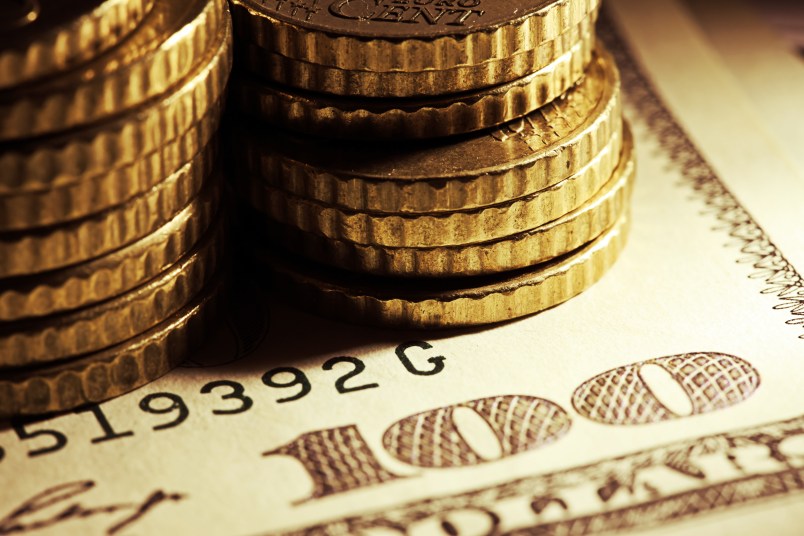New research finds that richest 0.1 percent of Americans have dramatically expanded their share of the country’s overall wealth in the last three decades.
The study finds that the top one-tenth of the country’s wealthiest 1 percent has doubled its share of the pie from about 10 percent between 1940-1980 to over 20 percent in 2013.
The analysis, highlighted on the economics blog House of Debt, was conducted by Emmanuel Saez of UC Berkeley and Gabriel Zucman of UC Berkeley and the London School of Economics, who accompanied their findings with charts (below).

The gains have accrued overwhelmingly for the top 0.1 percent, who now enjoy their largest share of America’s wealth since the 1920s. Over the same period, this small contingent has seen its gains rise significantly, while the wealth share for the bottom nine-tenths of the top 1 percent has remained about the same since the 1960.

The study is unique in that it measures inequality in terms of wealth, rather than income. It builds upon a slew of research that details stark and growing inequalities in the United States.
“Wealth is as important as income for thinking about overall well-being,” write Princeton’s Atif Mian and University of Chicago’s Amir Sufi. “For example, wealth may be more important than income in predicting who can send their kids to an expensive college. And wealth also represents control. Corporations are controlled by shareholders. So a higher concentration of wealth naturally implies that fewer individuals control the decisions made by firms in the economy.”
This article has been updated for clarity.






